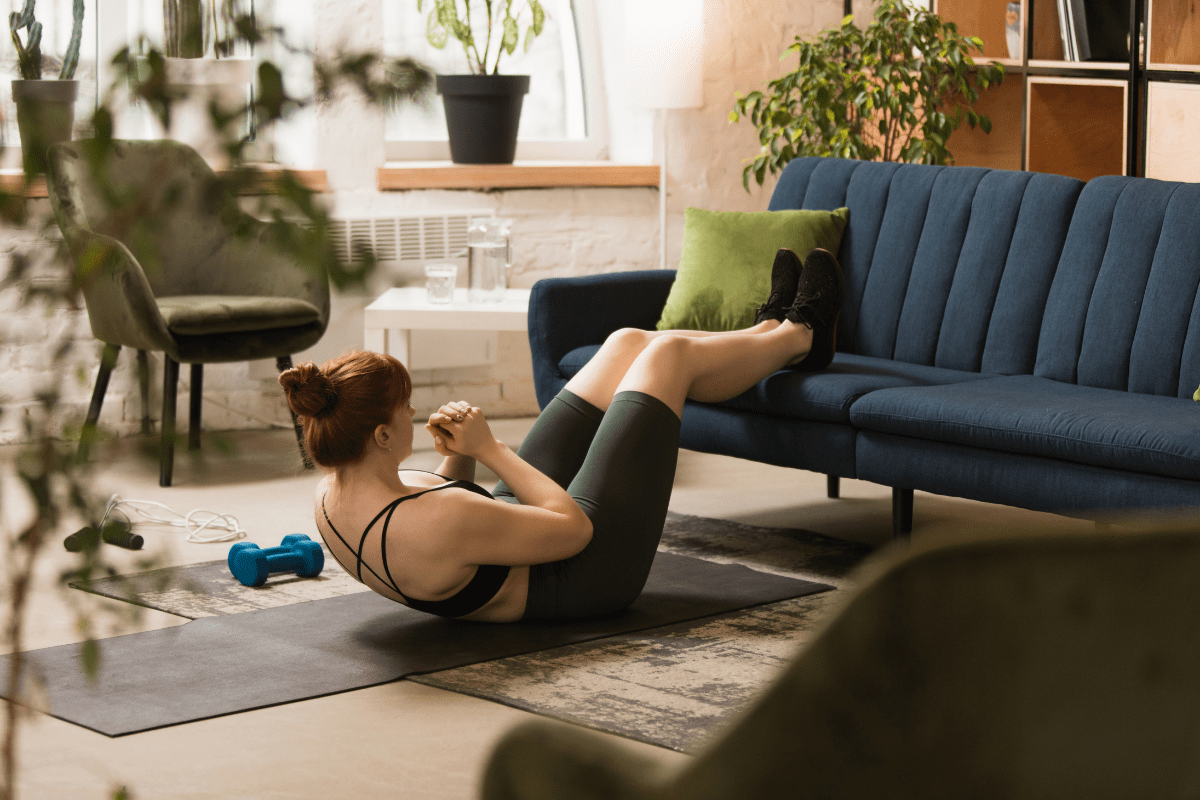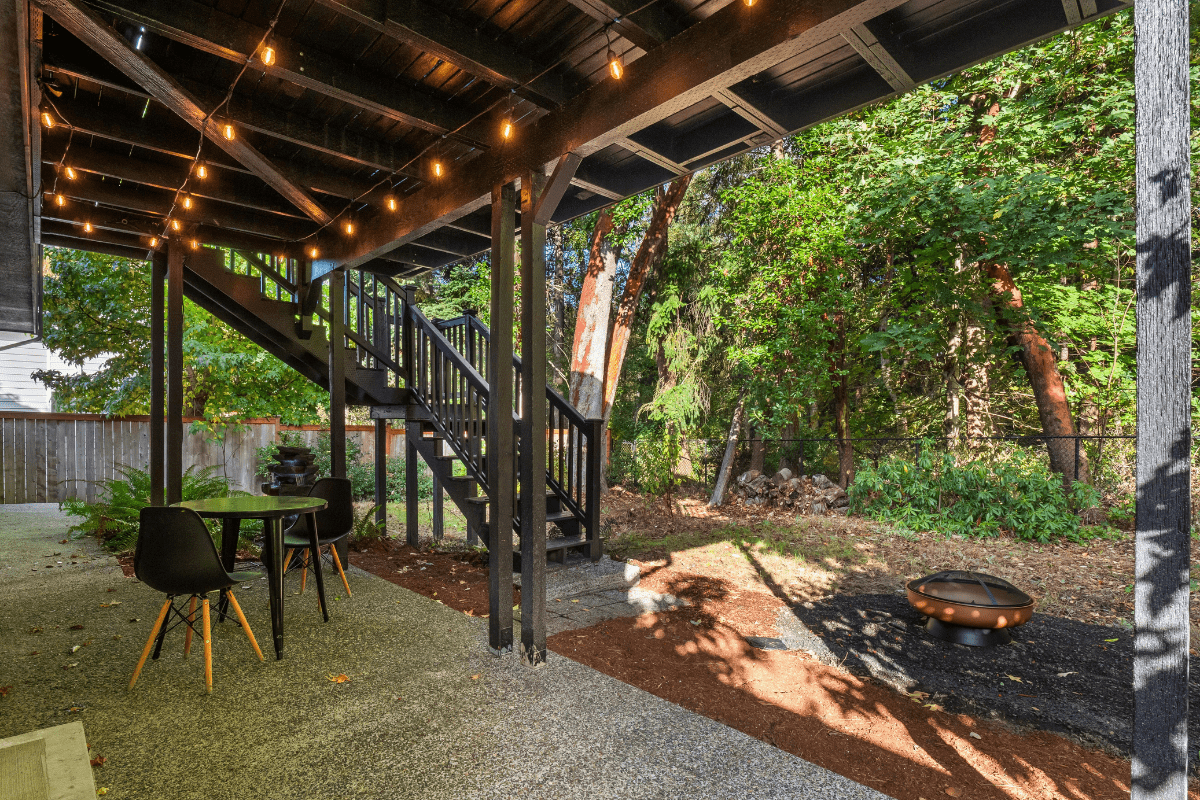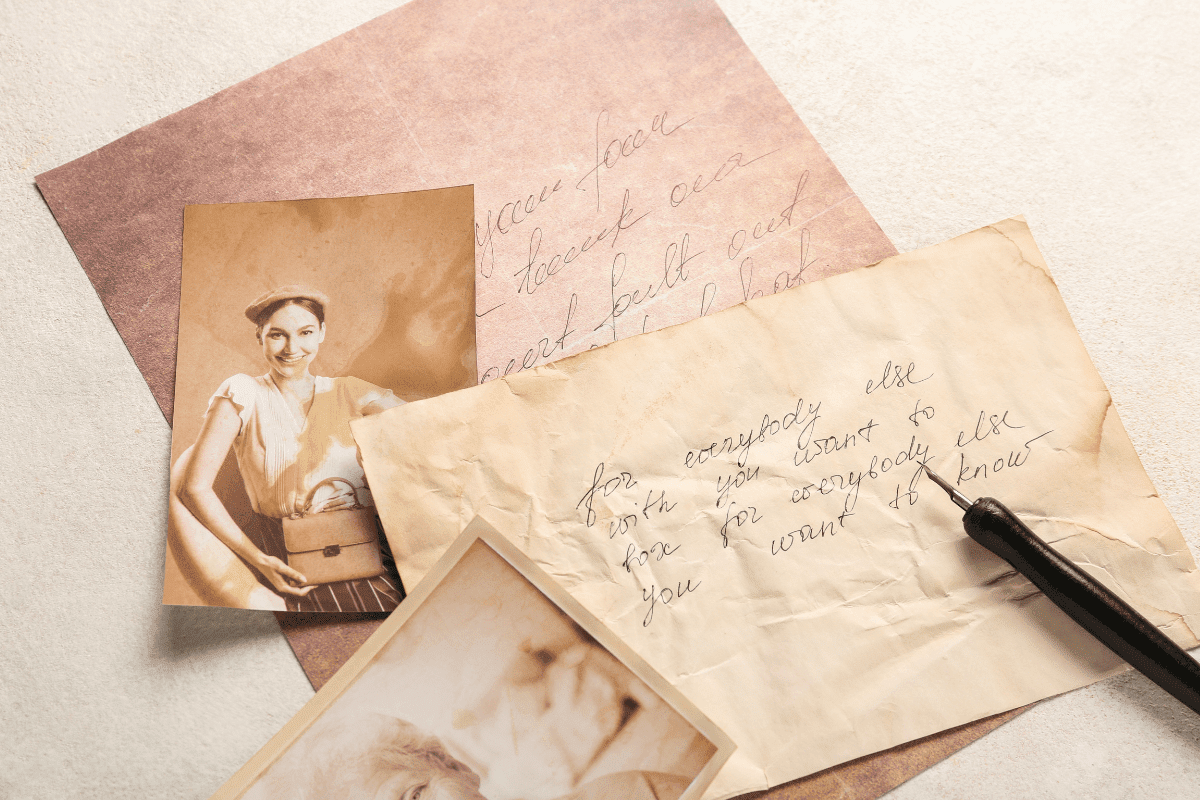Building a home gym doesn't have to drain your savings account or turn your living room into a warehouse. With some strategic planning and creative thinking, you can create an effective workout space for anywhere from $100 to $600, depending on your goals and available space. Let's dive into the smart, budget-friendly approach that actually works.
Start with the essentials (seriously, just four things)
Here's the thing about home gyms: most people overcomplicate them. You don't need a $3,000 Peloton or a garage full of chrome dumbbells to get an amazing workout. The secret is starting with versatile equipment that gives you the biggest bang for your buck.
Your first $100-200 should go toward four key pieces that'll handle about 90% of your workout needs. Think of this as your "starter pack" – the foundation you'll build everything else on.
Resistance bands are your new best friend
If you only buy one piece of equipment, make it a complete resistance band set. For $15-25, you'll get loop bands for lower body work, tube bands with handles for upper body exercises, and mini bands for activation and rehab work. These little rubber warriors can replace hundreds of dollars worth of weights and cables.
The beauty of resistance bands is that they're incredibly versatile. You can do bicep curls, squats, chest presses, rows, and even assisted pull-ups. Plus, they take up about as much space as a pair of socks in your closet. I've seen people get absolutely shredded using nothing but bands and bodyweight exercises.
Adjustable dumbbells without the sticker shock
Traditional adjustable dumbbells can cost $200-400, but you've got options. The Yes4All adjustable dumbbells offer similar functionality for $50-80. Or get creative – Olympic handles with standard weight plates work just as well and often cost less.
If even that's too rich for your blood, don't stress. Milk jugs filled with sand or water make surprisingly effective weights. Paint cans work too, and they've got built-in handles. Sure, you might get some weird looks doing bicep curls with a gallon of 2% milk, but your muscles don't care what the weight looks like.
A yoga mat does more than you think
A good yoga mat ($20-30) isn't just for downward dogs. It defines your workout space, provides cushioning for floor exercises, and protects your flooring from equipment. More importantly, it creates a psychological boundary that says "this is where I work out."
Budget hack: foam camping pads or moving blankets work similarly if you're really strapped for cash. The key is having a dedicated surface that's comfortable for planks, stretches, and core work.
The pull-up bar that changes everything
A doorway pull-up bar ($25-40) opens up your entire upper body routine. No installation required, and most models store easily in a closet when not in use. Pull-ups, chin-ups, and hanging leg raises suddenly become possible.
Can't do a full pull-up yet? No problem. Use a chair or resistance band for assistance. The progression from assisted to unassisted pull-ups is one of the most satisfying fitness achievements you can experience.
Shop smart, not hard
Timing your purchases can save you serious money. January is prime time for fitness equipment sales as retailers capitalize on New Year's resolution fever. End of summer brings outdoor equipment discounts, and Black Friday deals on home gym gear are legendary.
But here's where most people miss out: the used equipment market. Facebook Marketplace and Craigslist are goldmines for barely-used equipment from people whose enthusiasm exceeded their commitment. I've seen $500 adjustable dumbbells sell for $150 because someone used them twice.
Quality versus price strategy
Not all equipment deserves the same investment. Spend more on items you'll use frequently – dumbbells, your mat, and primary cardio equipment. Save money on accessories that see less wear like stability balls and foam rollers.
Research brand reputation and warranty options, but don't get caught up in premium pricing for basic functionality. A $30 kettlebell works just as well as a $80 one if they're both the same weight and quality.
Get creative with zero-cost alternatives
Some of the best "equipment" is already in your house. A loaded backpack makes an excellent weighted vest for squats and lunges. Towels become sliding discs for core work and mountain climbers. Your stairs turn into a cardio platform for step-ups and calf raises.
Your wall isn't just for hanging pictures – it's perfect for wall sits, handstand progressions, and stretching. If you've got a sturdy chair, you can do dips, step-ups, and incline push-ups. Books work for balance challenges and light weights.
DIY equipment that actually works
Laundry detergent jugs make fantastic adjustable weights. Empty them out, fill with sand or water to your desired weight, and you've got handles built right in. Paint cans offer different weight increments and excellent grip training.
For flooring, check with local flooring stores for rubber remnants. They're often happy to sell scraps at a fraction of retail price. You can create a professional-looking gym floor for under $100.
Make the most of small spaces
Living in a small apartment doesn't disqualify you from having a home gym. It just means you need to be strategic about storage and equipment selection.
Vertical storage solutions
Think up, not out. Wall-mounted plate holders and bar storage keep equipment off the floor. Ceiling-mounted pulley systems can lift bikes and larger equipment out of the way. Under-bed storage works perfectly for bands, mats, and smaller accessories.
Closet organization systems adapt beautifully for gym gear. Install some hooks and shelves, and your coat closet becomes equipment central.
Multi-purpose furniture approach
Storage benches that hold equipment, coffee tables that convert to workout benches, and mirrors that fold down to reveal hidden storage all maximize your space efficiency. Murphy bed-style wall-mounted racks fold flat when not in use.
The key is choosing equipment that serves multiple purposes. A stability ball doubles as a desk chair. Resistance bands pack into a tiny bag. Adjustable dumbbells replace an entire weight rack.
Level up with intermediate additions
Once you've mastered the basics, it's time to expand thoughtfully. Your next $200-400 should focus on filling gaps in your current setup.
The kettlebell game-changer
A single 20-35 pound kettlebell ($40-60) enables full-body workouts that combine strength and cardio. Kettlebell swings, Turkish get-ups, and goblet squats are incredibly efficient exercises.
Can't afford a real kettlebell? A water-filled backpack or sandbag works similarly. The key is having a weight that's comfortable to swing and carry.
Suspension training without the premium price
TRX trainers are fantastic, but alternatives like the NOSSK DUO or Monkii Bars offer similar functionality for less. DIY enthusiasts can create suspension trainers using climbing rope and knots secured to a ceiling beam.
Suspension training excels at bodyweight exercises that require minimal floor space – perfect for apartment dwellers.
Room-by-room strategies
Different spaces call for different approaches. Your living room gym needs equipment that blends with your décor and can be quickly set up or broken down. Think about your neighbors too – jumping jacks at 6 AM might not win you any friends.
Garage and basement conversions
These spaces offer more freedom but come with challenges. Moisture control and ventilation are crucial, especially in basements. Rubber flooring protects both your equipment and your concrete. Make sure you have adequate lighting and electrical outlets.
Temperature control matters more than you think. A freezing garage in winter or sweltering basement in summer kills motivation faster than anything.
Bedroom solutions
Bedroom gyms prioritize quiet equipment and efficient storage. Under-bed storage maximizes space, while mirrors help with form checking and make the space feel larger. Focus on minimal space, maximum efficiency.
Essential versus nice-to-have priorities
If you're starting from scratch, follow this order:
- Resistance bands – most versatile, least expensive
- Yoga mat – defines space, enables floor work
- Pull-up bar – upper body essential
- One weight option – dumbbell, kettlebell, or barbell
Second-tier additions include a stability ball for core work, foam roller for recovery, and additional resistance or weight options. Save luxury items like cardio machines and specialized equipment for later.
Safety and setup considerations
Your home gym should be safe and motivating. Ensure adequate ceiling height for overhead movements – there's nothing worse than punching your ceiling mid-workout. Secure all wall-mounted equipment to studs, not just drywall.
Maintain clear pathways to avoid tripping over equipment in dim lighting. Test weight limits on everything, including your mounting systems. A pull-up bar that rips out of the wall is dangerous and embarrassing.
Position equipment where you'll see it daily. Out of sight really is out of mind when it comes to exercise motivation. Good lighting maintains energy and focus – nobody wants to work out in a dungeon.
Making it sustainable
The best home gym is the one you'll actually use. Start small, focus on consistency, and gradually expand as your habits solidify. Don't try to replicate a commercial gym in your spare bedroom – build something that fits your life, space, and budget.
Remember, fitness isn't about having the fanciest equipment. It's about moving your body consistently and challenging yourself progressively. Some of the fittest people I know work out in tiny apartments with minimal gear. They succeed because they focus on what matters: showing up and putting in the work.
Your budget home gym might not have all the bells and whistles of a commercial facility, but it offers something priceless: convenience, privacy, and the ability to work out on your own terms. That's worth way more than any expensive machine.




